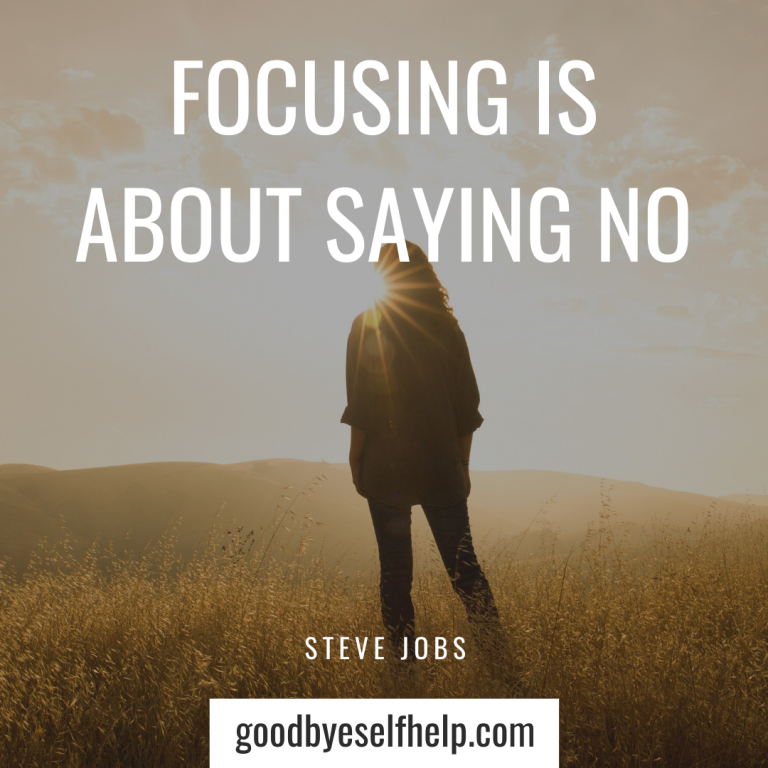

Headphones also “serve as a visual cue to your colleagues” that you’re not to be disturbed unless it’s absolutely necessary. “And you will do the same for that person.”ĭillon recommends purchasing a set of noise-canceling headphones for those times when you are “working on something that requires intense concentration.” You can listen to white noise or classical music or whatever it is that helps you feel and perform at your best. She suggests “picking an ally who can be a second set of eyes for you,” so that if coworkers are being noisy when you’re on an important call, for example, this colleague could politely ask them to pipe down. “Ask for explicit and implicit support,” adds Dillon. For example, when one colleague is on the phone, the rest will speak only in whispers. Can you help?” As a team, your collective goal is to come up with “agreed-upon norms that you’ll all operate within,” says Burkus. He recommends telling your boss, “I’d like to get the conversation going, but I don’t think I’m the right person to bring it up. You should first speak to your manager since it’s best if this discussion is “instigated by leadership,” Burkus says. Instead of griping, Burkus suggests, have a conversation with your team about how you can all work optimally in an open office. You don’t want people to see you as persnickety or difficult. There’s laughter, there’s humor, and you feel the rhythm of each other’s work and lives.” Dillon recommends trying to embrace the open office concept by focusing on the positives, “the bonding,” and downplaying the negatives, “the occasional TMI.” At the very least, resist your impulse to be the first to grumble about the noise, says Burkus.

And yet, she says, “There’s a lot of benefit to getting to know your colleagues on a more intimate level. That modicum of privacy ensures that “your colleagues can’t overhear your phone calls” or know precisely which “websites you’re browsing” at any given time.

After all, there’s a certain level of psychological safety that comes with having an “office with a door,” says Dillon. We all crave some solitude in the workplace. You need your own “survival strategies” as well as some ground rules that you and your team can agree to.
#Be focused how to#
But as companies increasingly adopt an open layout, it’s important to learn how to deal with unwanted noise, says Karen Dillon, the author of the HBR Guide to Office Politics. The trouble is, all those interactions “can be very distracting” when you’re trying to get work done. When designed well, these spaces can foster collaboration by “offering opportunities for serendipitous interactions with people all over the company,” says David Burkus, an associate professor at Oral Roberts University and the author of the forthcoming book Friend of a Friend. Some research indicates they spark creativity and camaraderie, while newer studies suggest that open offices encourage employees to avoid one another. There is an ongoing debate about the pros and cons of open offices. How can you make peace with your open office? How should you handle loud coworkers who are disturbing your focus? What’s the best way to cope with the noise and distractions in your office without coming across as antisocial or rude? To make matters worse, your colleagues can be distracting - maybe they’re having loud conversations or their cell phones are constantly chirping. Practicing mindfulness can involve learning how to meditate, but it can also be as simple as trying a quick and easy deep breathing exercise.Let’s face it: The open office can be a nightmare, especially when you’re working on something that requires your undivided attention. Members of the meditation group were able to stay on task longer, switched between tasks less frequently, and performed the work more efficiently than the other groups of participants. Some of the participants received 8 weeks of training in the use of mindfulness meditation, and the results found that only those who had received this training showed improvement in concentration and focus. These tasks had to be completed in 20 minutes and included answering phones, scheduling meetings, and writing memos with sources of information pouring in from multiple sources including by phone calls, emails, and text messages. In one study, researchers had human resources professionals engage in simulations of the sort of complex multitasking they engaged in each day at work. Despite the fact that people have practiced forms of mindfulness meditation for thousands of years, its many health benefits are only recently starting to be understood. Mindfulness is a hot topic right now, and for good reason.


 0 kommentar(er)
0 kommentar(er)
